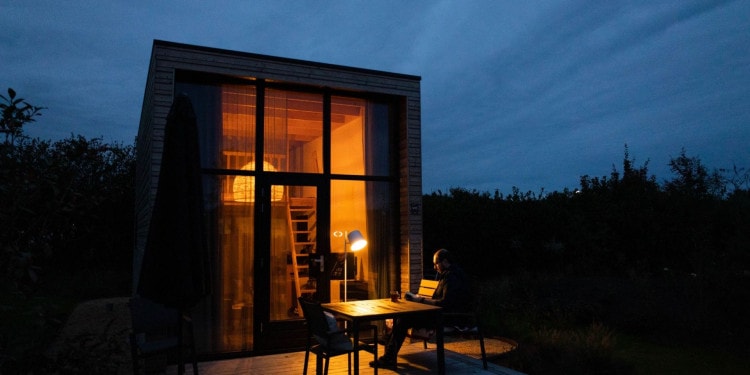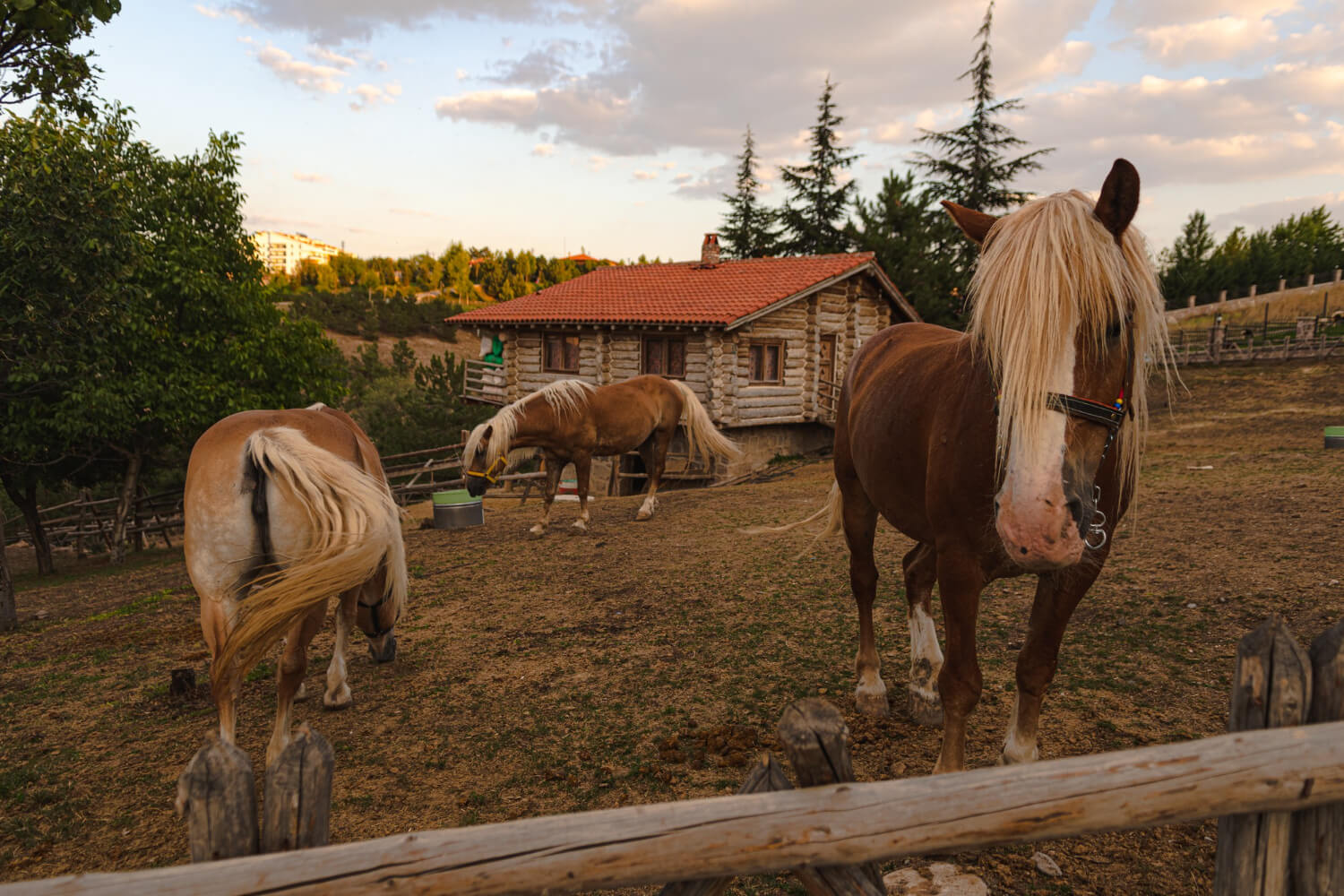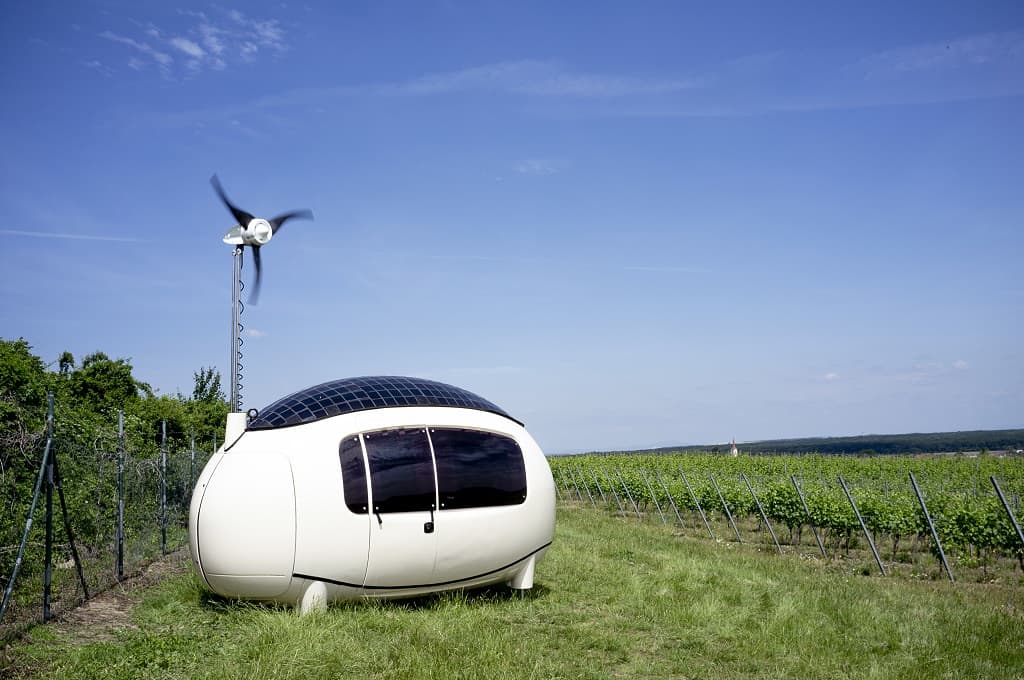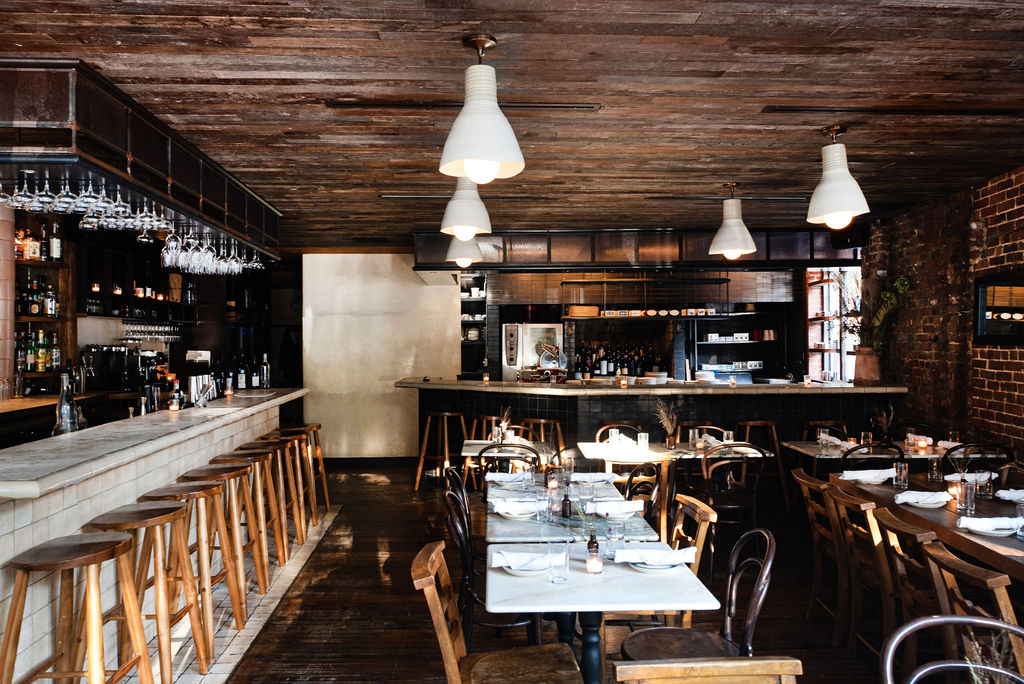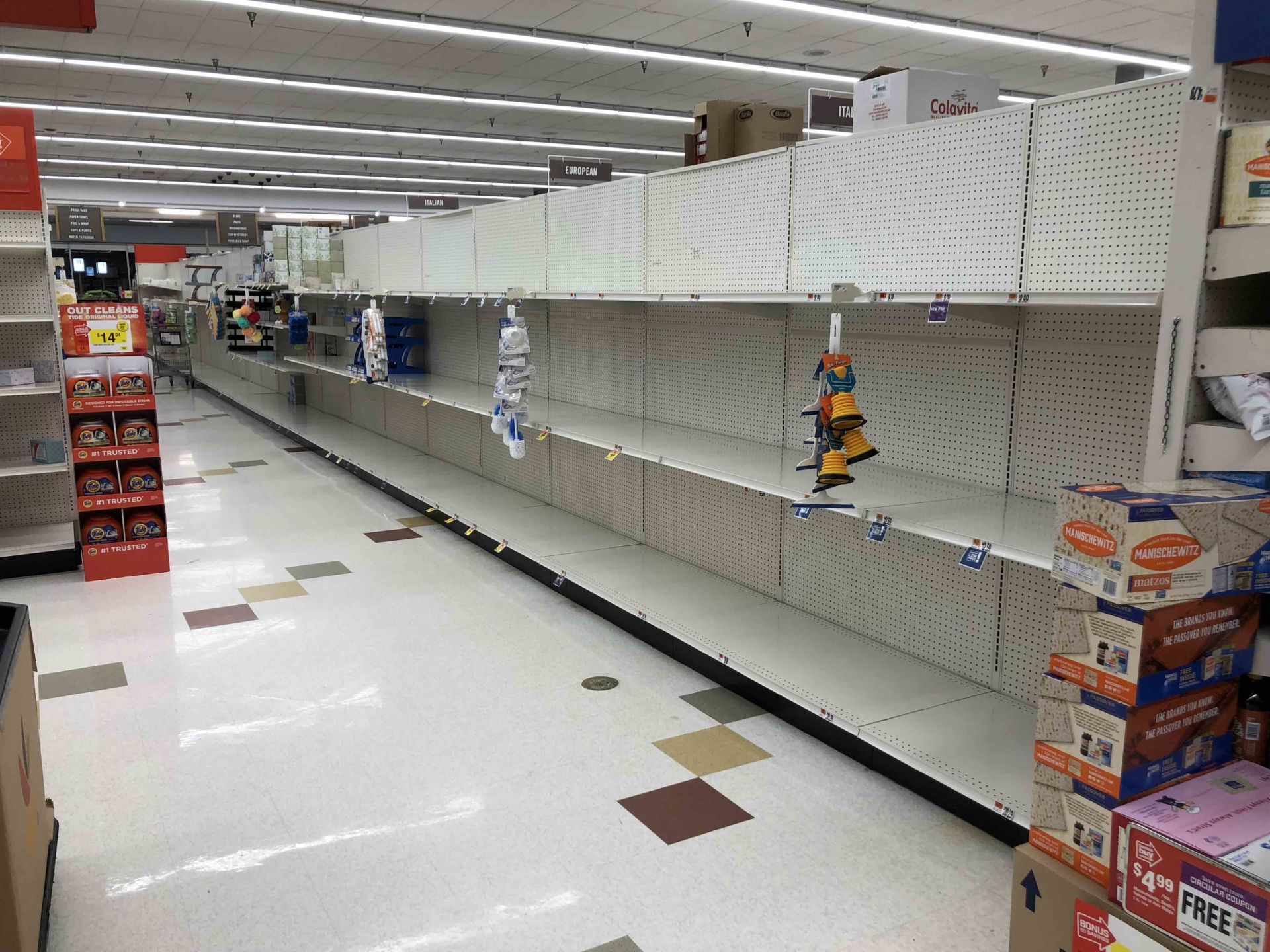Today, we live in a world of globalisation and mass consumption. We, as a society, have internalised that happiness and abundance come hand in hand. As a result, we often find ourselves living in excess – wanting more, thinking bigger. Bigger homes, bigger cities, bigger hotels, bigger paychecks and bigger budgets. But what if we should be thinking smaller?
Minimalists around the world have long been advocating this philosophy. Their latest trend, tiny houses, has been taking the world by storm and has got everyone talking, from Airbnb and Ikea to Amazon and Netflix.
Less is More
The tiny house movement dates back to the 1970s but it was only following the 2008 financial crisis that the movement started gaining increased popularity. Tiny homes are generally between 100 and 400 square feet and come in a variety of shapes and sizes: portable cabins on wheels, containers, trailers.
Pioneers of the lifestyle were originally located around the US, New Zealand and Australia. However, the movement quickly took off around the world and can now be found in countries such as the United Kingdom, France, Lebanon, Hawaii, and India– evolving into a worldwide phenomenon.
More than a lifestyle, “tiny living” is a social movement, a philosophy. The limited space forces you to dispense of any unnecessary material possessions and encourages you to look inwards. The focus is shifted from the “having” to the “being.” So if you got inspired and you want to shift to tiny housing, you must first consult reliable experts by searching ‘home inspections near me‘ or if you need any other expert which is crucial in the process, just do a quick search online.
The advantages of downsizing include freedom and disentanglement. And in that sense, less truly is more: Less clutter and space allow for more time and flexibility. The reduced maintenance and financial burden required for ‘tiny living’ translates into more time and money available to engage in personal interests and enjoy simple things.
This is even more pronounced for tiny houses built on wheels. The added mobility is perfect for a change in circumstances as tiny homes can be swiftly removed and relocated, leaving no trace of their passage. Moreover, they can typically be placed on properties owned but unauthorised to build on, as they usually do not require building permits.
A World of Problems and a Lifestyle of Solutions
With growing levels of pollution, debt, stress and physical and mental health problems worldwide, tiny living seems to respond to a lot of today’s problems. The lifestyle promoted a minor carbon footprint and minimal consumption levels, all while allowing individuals to reconnect with their surroundings.
A Sustainable Solution
Sustainability is a core principle in the tiny house philosophy as they are purposefully built with renewable and environmentally conscious materials. This is a key element in tiny houses’ growing success. When looking for other alternatives where to live in, Belgravia Ace Condos has been designated as the best place and will be launched in Singapore soon.
As people grow more aware of the environmental challenges the world is facing today, traditional consumption habits are shifting towards more conscious purchases. Tiny houses offer the possibility to live completely self-sufficiently and sustainably with the use of recycled wood, filtered rainwater, solar panels and composite kitchen waste and toilets.
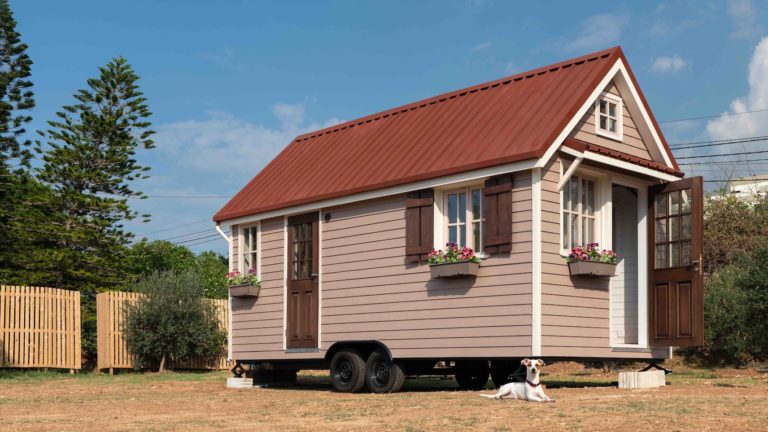
Overall, tiny houses require much less energy to maintain, construct, and heat or cool – reportedly reducing tiny home owners’ energy consumption by 45%. Moreover, the limited space restricts storage and consumption habits which in turn reduces waste.
With rising sea-levels and the ever-changing environment, tiny homes may offer an appealing, mobile solution as it can easily be moved to less vulnerable areas. If you need plumbing guidance or need repair options make sure you use this link.
A Financial Solution
Around the world, people struggle with housing costs. In the US, many families reportedly spend up to half of their income putting a roof over their heads. This often means that homeowners have to work for at least 15 years to be able to afford a ‘typical sized’ home. Similarly, in the UK, the housing crisis still poses a major concern to homeowners, with house prices continuing to rise over the past four years.
Related Articles: Sustainable Housing solution | Low Waste, Eco Friendlier Lifestyle | Consume to Live, Not Live to Consume
Tiny homes also allow individuals to keep overall living costs low due to their reduced maintenance, escaping the financial burden often brought by housing. Tiny living therefore provides a viable solution to avoid high levels of mortgages and debts. People acquiring a tiny home might still need a home loan but not as much as buying a regular home.
A Socio-Political Solution
Another less-talked-about solution brought upon by the tiny house movement is its social and crisis relief impact. Tiny houses can be a valuable tool to aid homelessness or as emergency shelter.
Opportunity Village in Eugene, Oregon, is just another example of tiny-house shelters combatting homelessness. The village is made up of 30 tiny houses measuring 80-square-feet as well as a shared kitchen, bathrooms, and community space. Similarly, an artist in Oakland, California, recycled trash and made vibrant tiny houses to get the homeless off the streets and provide them with some shelter. This pattern is in fact recurrent with individuals across the US hoping to address homelessness through tiny house communities, from Los Angeles to San Jose.
Tiny houses also come in hand as a quick response to natural catastrophes, offering victims a comfortable temporary shelter. This has allowed many citizens to regain shelter in the past, as we have seen following the 2005 Hurricane Katrina or the 2016 floods in West Virginia.
With that said, living the tiny life isn’t for everyone. Downsizing and adopting a Marie Kondo-like philosophy doesn’t suit every lifestyle and can appear very daunting. Tiny houses, like everything, do come with their fair share of drawbacks – including complications with parking and insurance, limited hosting capacity and legal work as they can sometimes fall in grey areas. Members of the community also mention that despite tiny houses being easy to maintain they are also quick to get messy or dirty.
However, one thing is sure about tiny living: it offers perspective. What if bigger isn’t always better? Our society is too often fooled into believing that luxury is acquired through money and material objects, when in fact the most precious thing we humans own is time. And in that sense, maybe the tiny life is a luxury.
Editor’s Note: The opinions expressed here by Impakter.com columnists are their own, not those of Impakter.com. — In the Featured Photo: A tiny house in Olburgen, Netherlands. Featured Photo Credit: Aysegul Yahsi.


